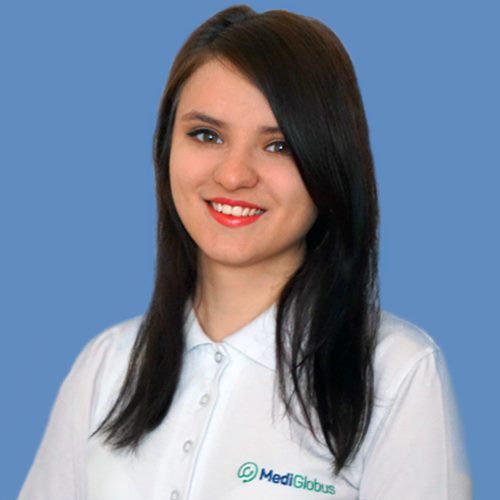Epilepsy is a neurological disease in which the patient develop seizures accompanied by convulsions and loss of consciousness. Epileptic seizures can be in both adults and children. In each case, the manifestation of seizures may be different – one patient has short-term seizure of consciousness, the other – loss of consciousness and convulsion. The disease occurs when excessive neuronal activity is observed in certain parts of the brain. Complete cure for epilepsy is not possible, but to date, there are methods of treating epilepsy by stopping seizures. This allows patients to lead a normal life. Epilepsy most often occurs in children and people in old age.
READ IN THE ARTICLE:
The main treatment methods of epilepsy
New treatment methods of epilepsy
Method of biological feedback
Vojta method
TREATMENT METHODS OF EPILEPSY
Among the main methods of treating epilepsy, we can distinguish:
- Drug treatment. It is the most effective method, since the cessation or at least the reduction of symptoms is observed in 80% of cases. The appointment of antiepileptic medicines in foreign clinics are highly effective as they have access to the latest developments in medicines. In addition specialists in foreign clinics conduct thorough diagnosis under the control of EEG. This helps them to select the most effective doses of drugs.
- Surgical treatment. Surgery is aimed at the removal of the pathological focus, as well as electrical stimulation of the patient’s brain.
- Alternative. It refers to the techniques of psychological correction, exercise therapy and others, the method of biological feedback, the Vojta method(Reflex locomotion).
NEW TREATMENT METHODS OF EPILEPSY

1. Deep brain stimulation and stimulation of the vagus nerve.
Methods are similar – they both consist of installing the electrode in the pathological region of the patient’s brain during the neurosurgical procedure. The electrode is connected to the stimulator using a wire that is located under the patient’s skin.
The stimulator is placed under the clavicle like a pacemaker which does not cause any discomfort. This device stimulates those parts of the brain in which impulses arise and stopping them. The effectiveness of such procedures in foreign clinics reaches 100%.
Deep brain stimulation is used as a method of treating epilepsy in adult patients. This is due to the fact that the patient himself controls the work of the stimulator with the help of a remote control.
2. Minimally invasive operations on the brain.
This includes stereotactic and radiosurgical operations. Stereotactic operations are performed using instruments of neuronavigation. This allows to accurately calculate the location and depth of the introduction of surgical instruments, and also monitor the procedure.
3. Multiple subpial transections.
Another surgical method, which is to isolate the foci. It is used in cases where it is impossible to remove a pathological site. The surgeon makes incisions, which prevents the spread of impulses that cause a seizure.
4. Method of biological feedback.
Treatment of epilepsy using the biofeedback method has been studied for decades, but at the moment this method can only be used as an auxiliary method. It is the development of the patient’s ability to independently regulate the neuromuscular functions of the body. It is suggested that this approach should help the patient to control the occurrence of epileptic seizures.
Vojta therapy in the treatment of epilepsy
The Vojta method is not recommended in the treatment of epilepsy, although there is a lot of conflicting information on this subject on Internet. The fact is that this method consists of influencing certain points on the human body, which causes a reflex in the central nervous system.
In some cases, cautious application of this method for treating epilepsy in children is possible with the permission of an epileptologist. However, the Vojta method can only aggravate the situation for the patient.
Modern methods can be used both in adults and in children for the treatment of epilepsy. Age can be a contraindication when applying a certain method, however these can be relative rather than absolute contraindications. The choice of the treatment method for each particular case depends on the manifestation of the disease, the concomitant complications and the general condition of the patient.





